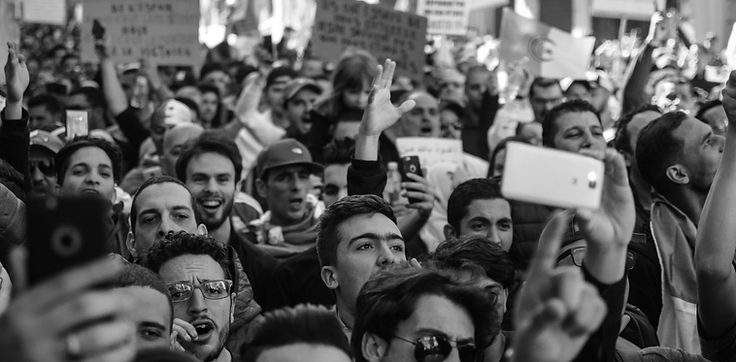The spectrum of protests is wide ranging from organised, peaceful and lawful gatherings to extremist actions involving violence. Knowing where a protest falls on this spectrum is key to determining the right response. Below are the different types of protests and how they can be effectively managed, balancing the need for safety with the protection of democratic rights and the rights of others to go about their lawful business.
- Peaceful Protests: The Foundation of Democratic Expression
At one end of the spectrum, we have peaceful protests. These are typically organised in advance, with clear objectives and communication with local authorities. Peaceful protests can include marches, sit-ins, vigils, or demonstrations where participants aim to express their views without resorting to violence or unlawful activities.
Characteristics: Organisers usually notify authorities in advance, allowing for coordination on routes, times, and safety measures. These protests are often characterised by banners, chants, speeches, and a high degree of organization.
Challenges: While peaceful, they can still cause disruption—blocking roads, drawing crowds, and potentially impacting local businesses or services. The challenge is to manage these without infringing on participants’ rights.
Management Strategy: The key here is collaboration. Engaging with protest organisers early to understand their plans and objectives. This approach allows for joint planning, where safety measures can be established, routes agreed upon, and facilitative services prepared. Effective communication with both protestors, probable counter-protesters and the general public is essential to minimise and explain disruption to ensure safety.
- Spontaneous Protests: The Challenge of the Unplanned


Leave a Reply